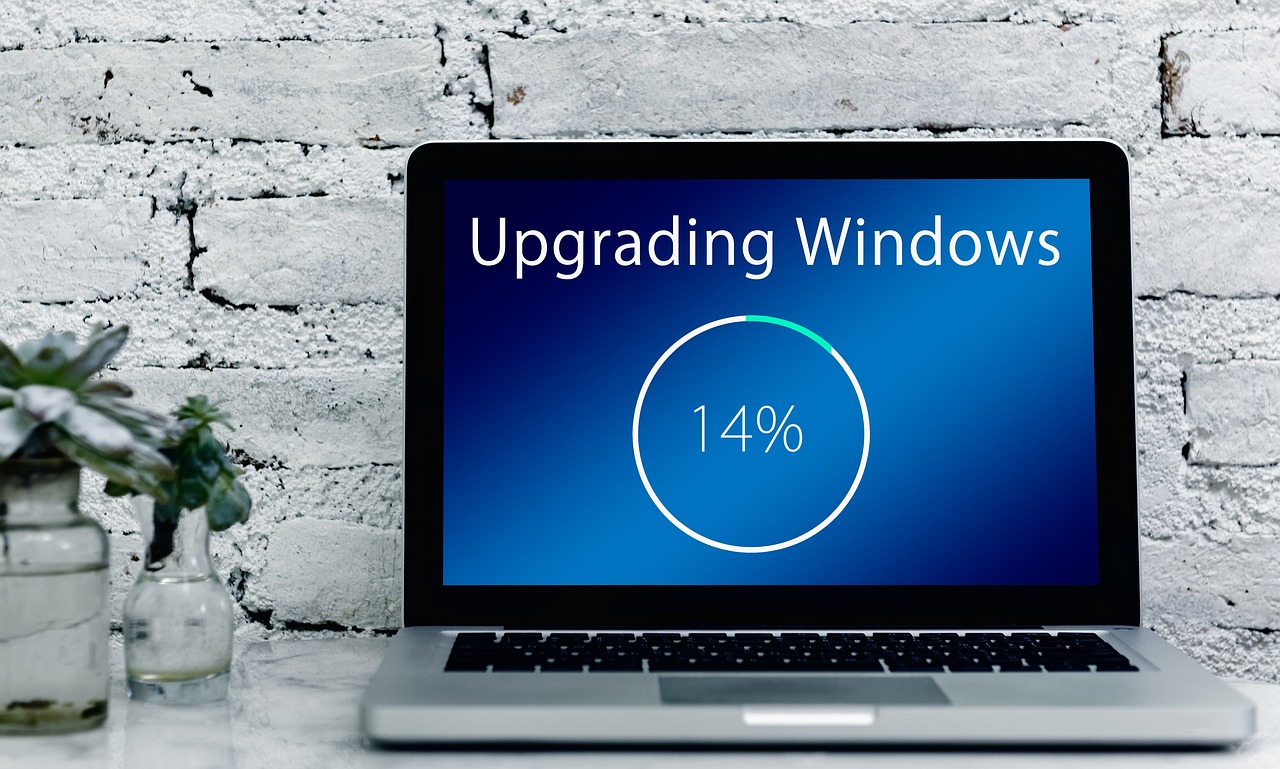Adding a program to startup in Windows 10 or 11

January 11, 2023
There are some Windows apps that automatically start whenever Windows boots but did you know that you can do it with any app file or folder starting with Windows by adding it to the “Startup” folder.
Some apps already have a built-in setting for this, but if they don’t, this method is what you want. You can also make any file or folder open when Windows starts—just in case there’s something you find yourself using regularly.
To do so, you just have to create a shortcut to whatever you want to start in a special “Startup” folder (one of Windows’ hidden system folders). Keep in mind that this technique will work with just about any version of Windows from Vista on up through Windows 7, 8, 10, or even 11.
Today we’ll explain to you how you can include more programs when you start on boot. Moreover, if there are any apps you don’t want to start on boot, you’ll be able to disable certain startup programs too.
Step One: Open the Windows Startup Folder
Generally, if you want to access your files, you have to open them from Startup so that you can find the File Explorer (provided you’re showing hidden files). Technically, it’s located in %APPDATA%\Microsoft\Windows\Start Menu\Programs\Startup.
However, there is an easier way to start browsing without opening up File Explorer. Then, pay close attention to the following steps:
- To begin with, you just have to hit Windows+R to open the “Run” box by typing “shell:startup,” and then pressing Enter.
- Once you do so, it will open a File Explorer window right to the Startup folder.
- By now, leave that window open as we will take it up later.
Step Two: Create a Shortcut in the “Startup” Folder
Okay, in order to make an app, file, or folder start with Windows, it is necessary to create a shortcut to the item inside the Startup folder. Remember that this technique can be applied no matter what you’re creating a shortcut to.
Start by locating the item to which you need to create a shortcut. Take into account that you can open a second File Explorer window and find the executable, file, or folder you want to start at boot.
Despite having a lot of ways to create shortcuts in Windows, the faster and easier method is to hold your right mouse button down and drag the item you want to create the shortcut for to the Startup folder, and when you release the button, a popup menu with a few options will appear. Then, click “Create shortcut here.”
And that’s all you have to do. Therefore, the next time you start your device, you’ll be able to see a shortcut to your item (whether it’s app, file, or folder) that will launch right along with it. This method even works for launching Windows Store Apps at startup.
How to Make Startup Programs Load Faster
Usually, when using Windows 10 and 11, a delay is generated before your startup programs actually start running. For that reason, a shortcut will make the startup process more functional by allowing all of the internal Windows features to fully start running. Thus, you can remove the delay by opening up Registry Editor and browsing down to the following key: HKEY_CURRENT_USER\SOFTWARE\Microsoft\Windows\CurrentVersion\Explorer\
Once there, create a key named Serialize, and then a new 32-bit DWORD called StartupDelayInMSec underneath it with the value set to 0.








